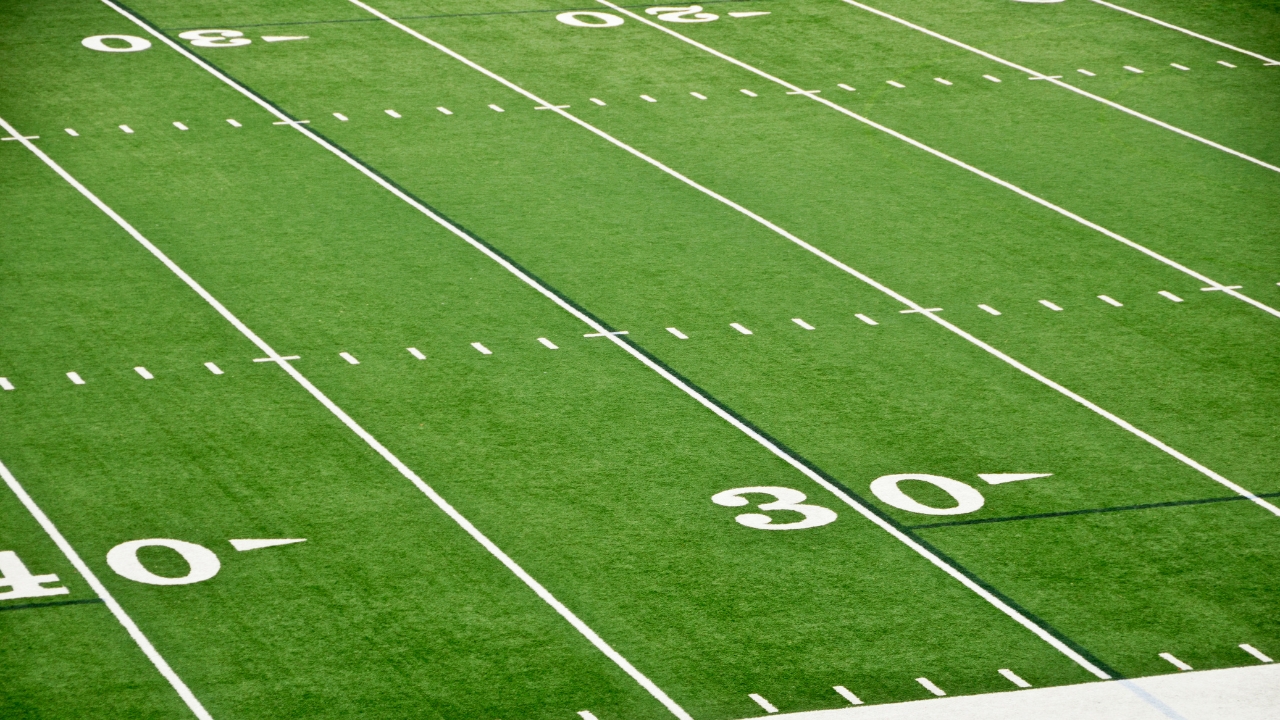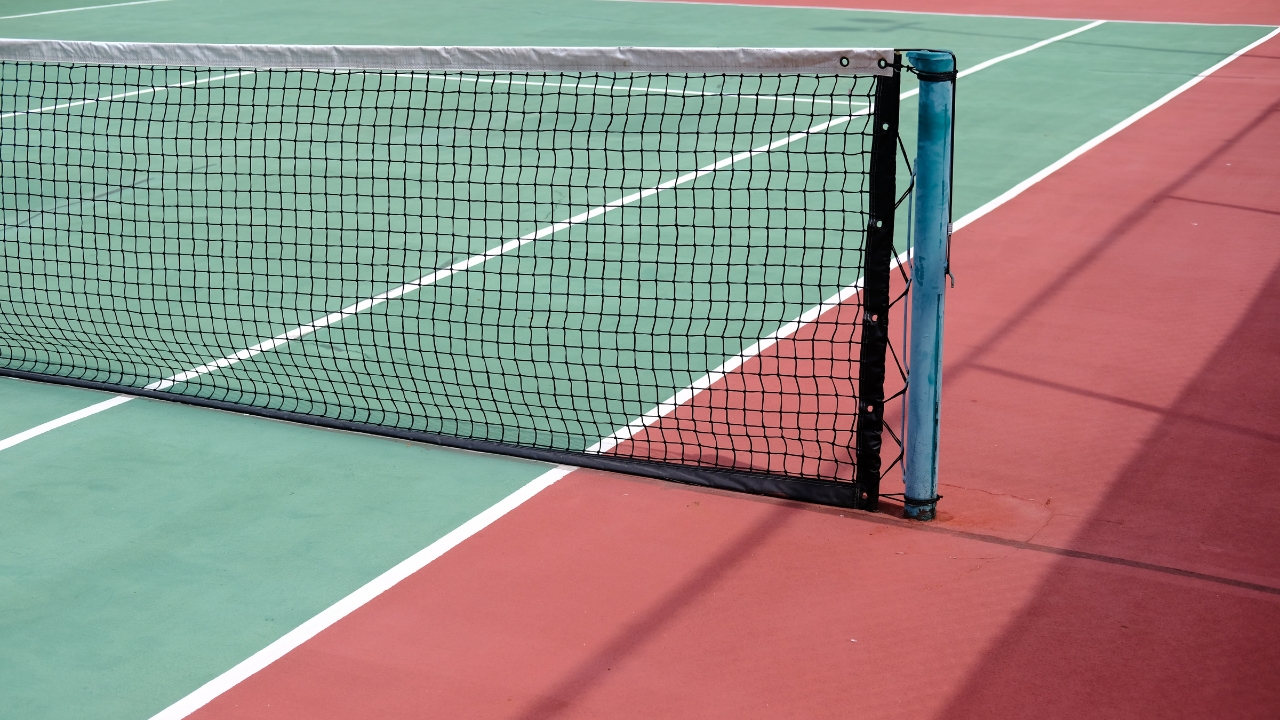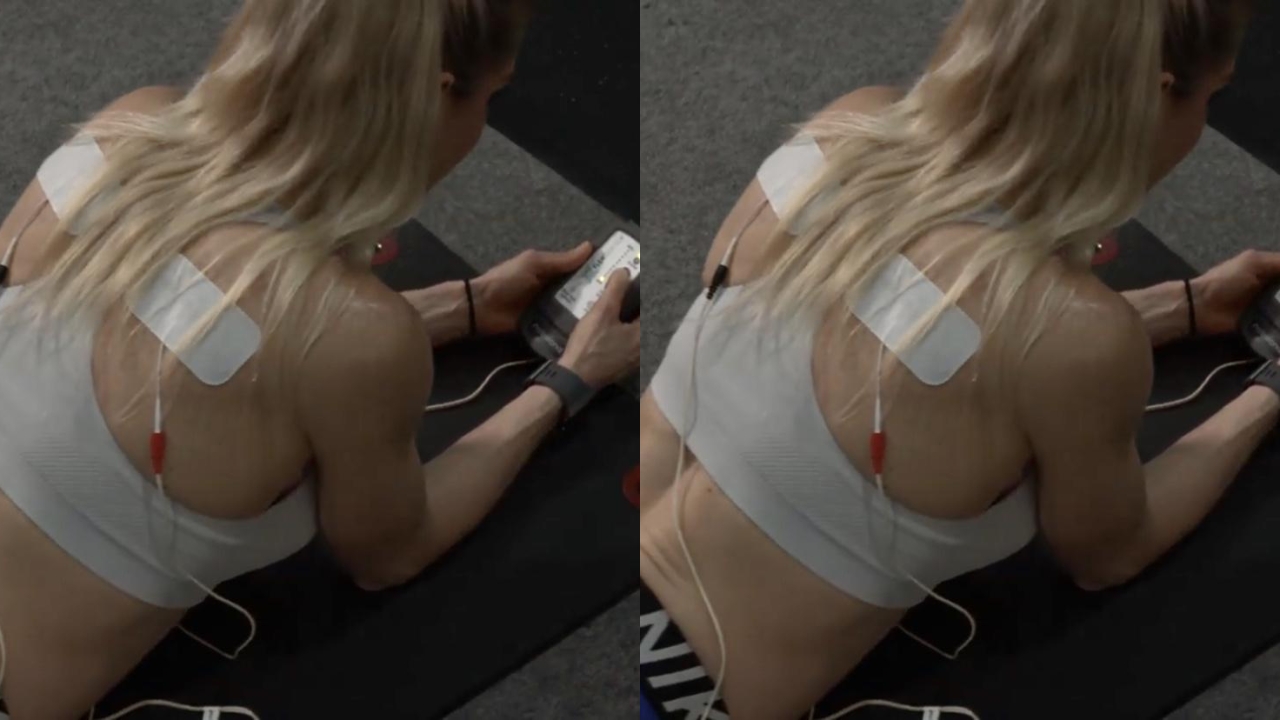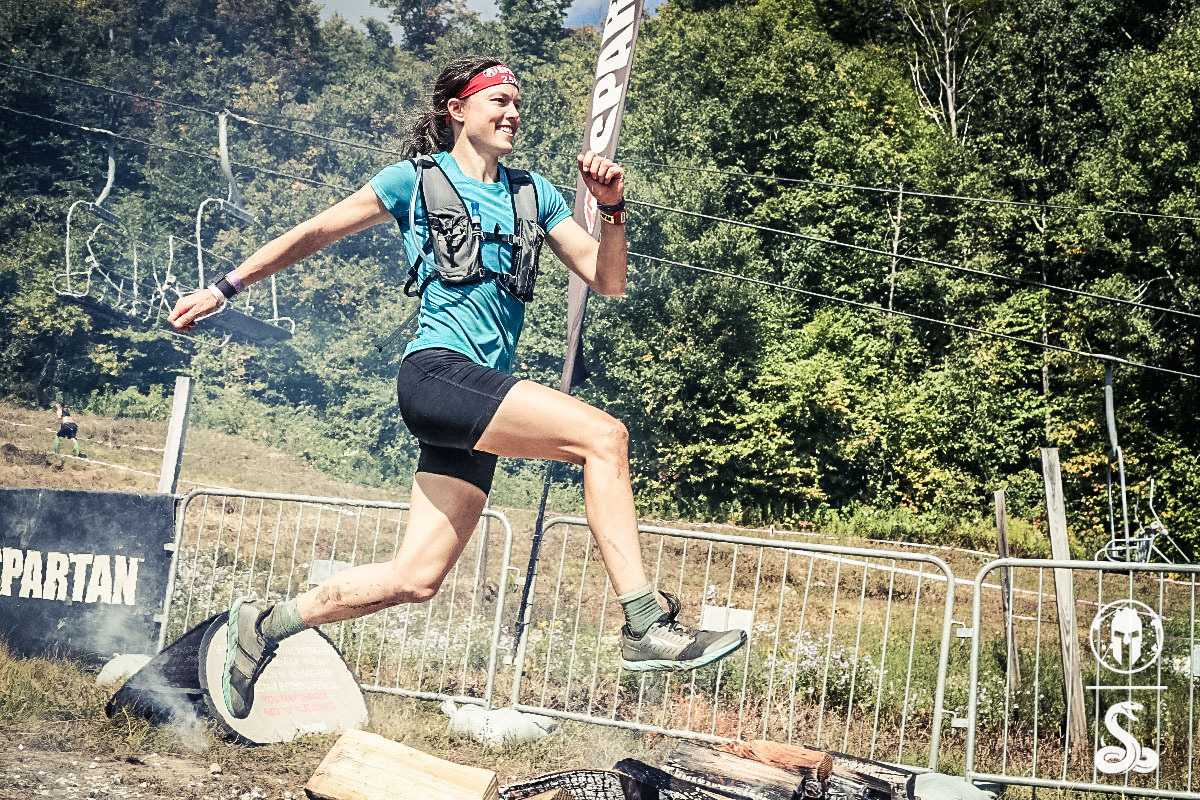
ARPwave Resources
Fall Into Healing: Navigating Autumn Sports Injuries with ARPwave
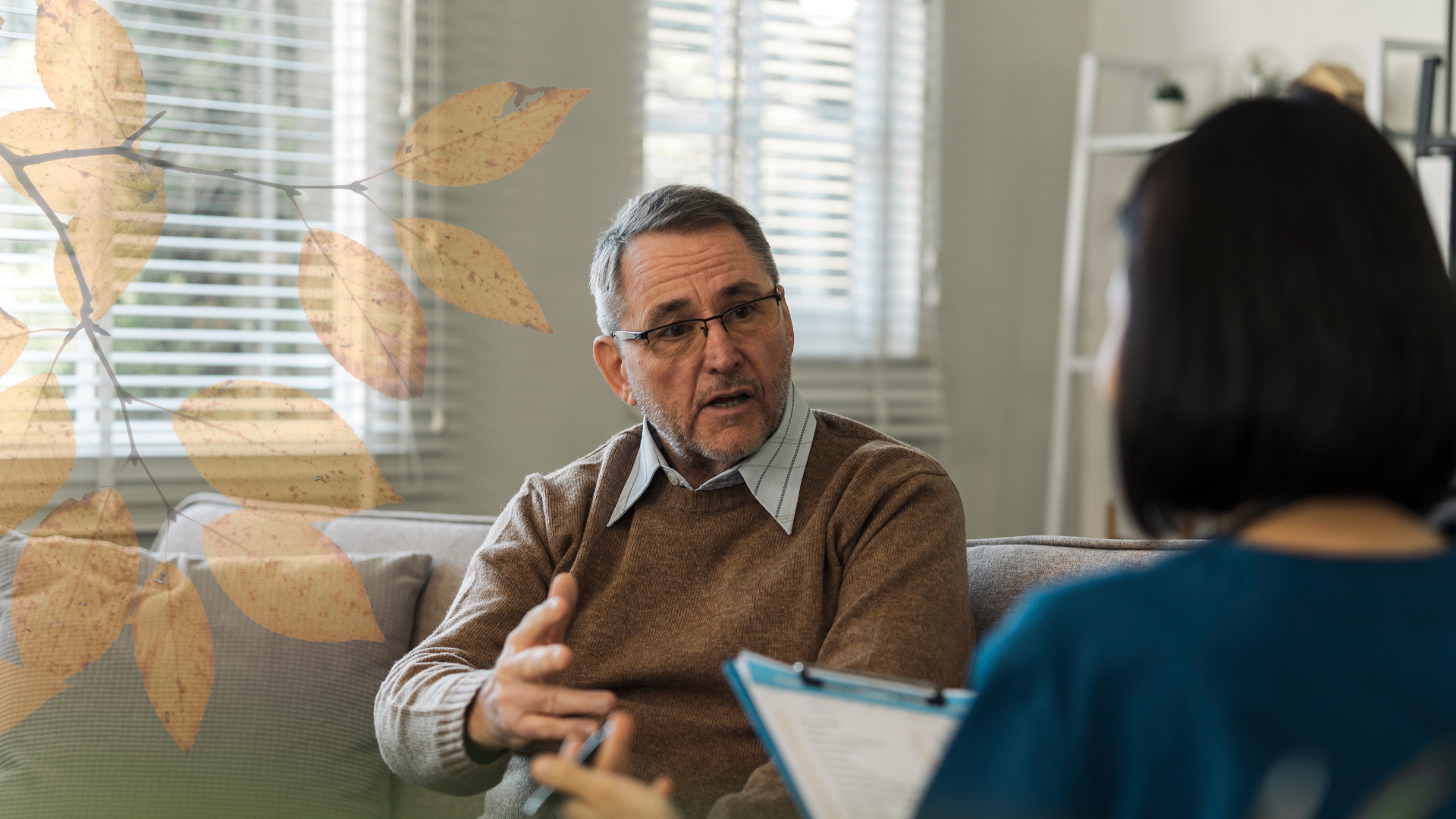
As the leaves turn and temperatures cool, the fall sports season ramps up. Football, soccer, cross-country, volleyball, and other autumn pursuits bring excitement and competition—but also a heightened risk of injury. In this article, we’ll explore the common fall sports injuries, the challenges they present, and how ARPwave neuromuscular therapy can play a role in accelerating recovery and restoring function.
Common Injuries in Fall Sports
Autumn brings a variety of sports that place diverse stresses on the body. Some injuries are sudden and traumatic, while others develop over weeks or months. Below are some of the most common fall-related sports injuries:
- Sprains & Strains
Ligament sprains (especially in ankles and knees) and muscle strains (hamstring, quadriceps, calves) are among the most frequent sports injuries. These often result from sudden twists, overextension, or uneven ground.
- Ligament Tears (e.g., ACL)
In sports with cutting, pivoting, or jumping—like soccer or football—the anterior cruciate ligament (ACL) is at risk. An ACL injury can be severe and sometimes require surgical repair and lengthy rehabilitation.
- Fractures & Broken Bones
Falls or direct contact can lead to fractures in the wrist, ankle, clavicle (collarbone), or other bones.
- Shoulder Injuries & Dislocations
A fall onto an outstretched hand or direct impact can lead to shoulder dislocation or separation (injury to the acromioclavicular joint).
- Concussions and Head Trauma
In contact sports (football, lacrosse), collisions or falls can cause head injuries, which require immediate attention and proper protocols to prevent long-term damage.
- Overuse Injuries
Repeated stress—especially in runners, cross-country athletes, and endurance players—can lead to stress fractures, tendinopathies, and chronic muscle or tendon irritation.
Challenges in Recovery for Fall Injuries
- Swelling & Inflammation: Early phases often involve pain, swelling, and limited range of motion, which hamper rehabilitation progress.
- Muscle Atrophy & Inhibition: After injury or surgery, affected muscles may “shut down” or weaken due to disuse, reducing strength and coordination.
- Scar Tissue & Adhesions: Unmanaged healing can lead to adhesions that restrict mobility and alter biomechanics.
- Neuromuscular Dysfunction: Injury can disrupt the signaling between the nervous system and muscles, leading to poor movement patterns or compensations.
- Return-to-Play Risk: Recovering too quickly or without proper rehab increases the risk of re-injury.
Given these obstacles, an effective rehabilitation strategy must address not only tissue healing but also neuromuscular re-education, circulation, and strength restoration.
What Is ARPwave Neuromuscular Therapy?
ARPwave, short for Accelerated Recovery Performance, is a neuromuscular therapy system that uses bioelectrical stimulation (electrical currents) in coordination with movement and exercise protocols.
Here’s how ARPwave works and what it aims to do:
- Targeted Electrical Stimulation
The device (Rx100 or RxBlack) applies electrical currents to injured tissues, with electrodes placed over muscles or regions of dysfunction. This stimulation helps “wake up” dormant neuromuscular pathways and restore proper signaling.
- Movement Integration
Rather than falling back on passive stimulation alone like some other electrical stimulation devices, ARPwave protocols are combined with active range-of-motion exercises and guided movement during sessions. These together help retrain the body in functional patterns.
- Neuromuscular Re-education & Resetting Compensation Patterns
Because many injuries lead to poor compensatory movement patterns (favoring “good” side, offloading injured parts), this can lead to injury or exhaustion of the “good” side over time. ARPwave aims to correct these by restoring balanced activation.
- Increased Circulation & Tissue Recovery
The electrical currents from the devices help to improve local blood flow, facilitating healing and reducing scar tissue and help relax muscle spasms.
- Prevent Disuse Atrophy
By actively engaging muscle activation pathways, ARPwave can prevent or reduce muscle atrophy that often occurs when a limb is immobilized. - Drug-Free Approach
ARPwave is non-invasive and doesn’t rely on pain medications—it targets underlying dysfunction rather than just masking symptoms.
How ARPwave Can Help in Fall-Sport Injury Recovery
Now, let’s imagine a few common fall sports injury scenarios and see how ARPwave could fit into a healing plan:
Scenario A: Ankle Sprain in Soccer
- Acute Phase: RICE (Rest, Ice, Compression, Elevation), immobilization, and safe loading.
- Early Rehab: Begin gentle movement, manual therapy, and perhaps ARPwave stimulation to reduce swelling, stimulate neuromuscular activation, and maintain movement.
- Mid Rehab: Progress to strengthening, balance, proprioceptive training. ARPwave can assist in reactivating inhibited muscles (e.g., peroneals, tibialis anterior) and improving neuromuscular control.
- Return-to-Play: Functional drills, agility, sport-specific cutting. ARPwave may help with fine-tuning neuromuscular symmetry and minimizing compensations.
Scenario B: ACL Reconstruction (or major ligament injury)
- Post-Op/Immobilization: Preventing atrophy of the quadriceps is critical, especially in this stage. By actively engaging the muscle pathways despite immobilization, ARPwave can help maintain muscle engagement even prior to full loading.
- Rehab Progression: As range-of-motion, strength, and stability goals advance, ARPwave sessions integrated with traditional physical therapy can support neuromuscular retraining, reduce scar tethering, and correct poor movement patterns.
- Functional Phase: Use ARPwave in combination with plyometrics, agility drills, and sport-specific movements to reinforce proper neuromuscular firing patterns.
Scenario C: Shoulder Injury or Dislocation
- Early Stage: After stabilization, ARPwave can help reduce muscle guarding and trigger points, assist in early activation of rotator cuff and scapular stabilizers.
- Recovery Stage: Gradual progression of range-of-motion and strength. ARPwave may help re-establish activation in muscles like infraspinatus, supraspinatus, serratus anterior, and lower traps, especially if compensation patterns have formed.
- Return-to-Sport: In overhead sports (volleyball, football), ARPwave-supported protocols can help integrate neuromuscular control in dynamic overhead actions.
Tips for Athletes & Clinicians to “Fall Into Healing”
- Early Intervention: Begin rehab and neuromuscular activation as soon as safely possible to mitigate muscle inhibition and compensatory patterns.
- Holistic Approach: Combine soft tissue work, manual therapy, exercise, neuromuscular training, with ARPwave modalities.
- Consistent Progression: Gradually increase loading, range-of-motion, and complexity of movement while monitoring for pain or setbacks.
- Symmetry & Balance Focus: Always compare to the uninjured side and correct asymmetries in strength, flexibility, and activation.
- Movement Quality Over Volume: Especially in return-to-play phases, emphasize clean mechanics and control, not just quantity.
- Communication with Providers: Work with therapists experienced in ARPwave or neuromuscular rehab so the device is used intelligently and safely.
Conclusion: Fall Into Healing with ARPwave
The fall sports season is full of energy, competition, and growth — but it can also bring injuries that slow you down. Whether you’re pushing through football practice, cross-country training, or weekend pickup games, recovery doesn’t have to mean sitting on the sidelines.
ARPwave neuromuscular therapy bridges the gap between rest and performance by re-educating the nervous system, reactivating muscles, and accelerating the body’s natural healing process. With the right plan, you can shorten downtime, restore mobility, and get back in the game stronger than before.
👉 Don’t wait for pain to bench you — take control of your recovery.
Visit www.arpwave.com to find a certified provider near you and learn how to fall into healing this season.


